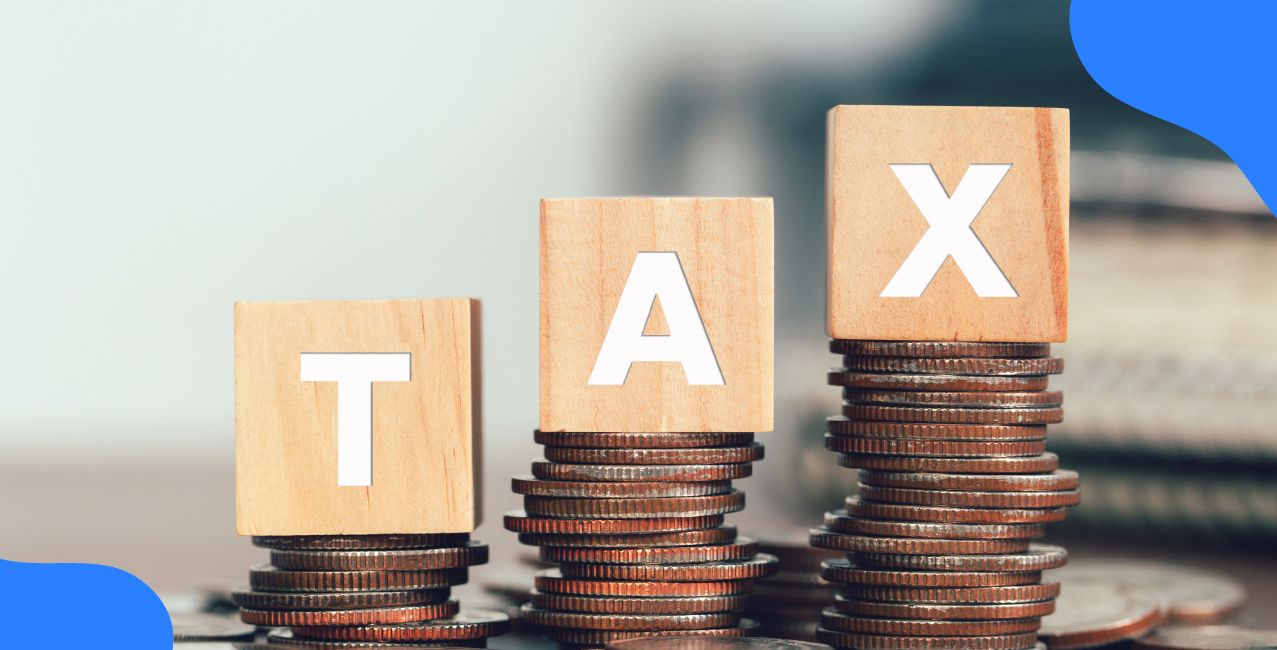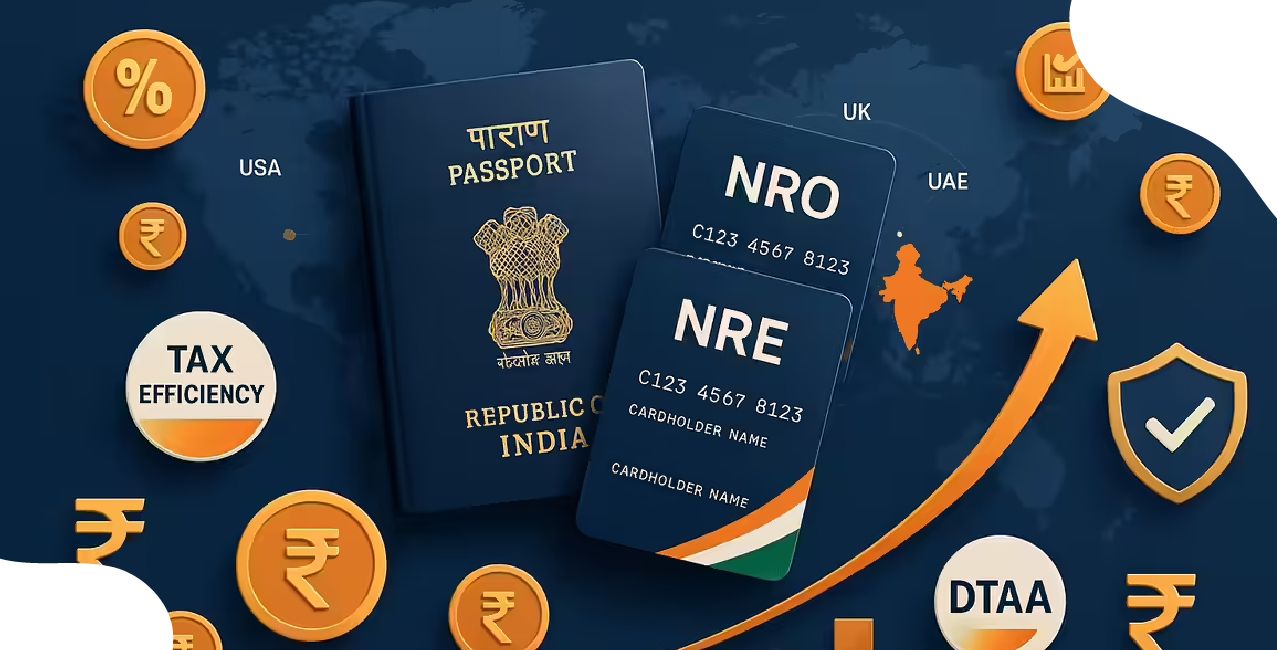
Author
LoansJagat Team
Read Time
6 Min
01 Jul 2025
How to File GSTR-10: Rules, Applicability, Format, Penalty & Deadline?
Ravjout Kaur, the owner of a boutique in Amritsar, was unaware that the GST process was still ongoing when she ended her five-year-old company in March 2025. Her accountant reminded her that filing the final GST return, GSTR-10, is an important compliance requirement. All taxpayers whose GST registration is revoked or surrendered must file GSTR-10 within three months of the cancellation date.
If this is missed, interest and late fees of up to ₹10,000 will be incurred. In an attempt to make her business closing as legal as its operation, Ravjout studied the regulations, format, penalties, and deadlines.
What is GSTR-10, and Who Needs to File It?
GSTR-10, also known as the Final Return, is a mandatory GST return that must be filed by taxpayers whose GST registration has been cancelled or surrendered. This return ensures that all tax liabilities are settled and provides a clear record of the business's closure under GST.
Applicability: Who Must File GSTR-10?
GSTR-10 is required to be filed by:
Regular taxpayers whose GST registration has been cancelled or surrendered.
Composition scheme for taxpayers.
Voluntary registrants.
Input Service Distributors (ISD).
Non-Resident Taxable Persons (NRTP).
Persons are required to deduct TDS under Section 51 of the CGST Act.
Persons are required to collect TCS at source under Section 52 of the CGST Act.
However, the following are exempt from filing GSTR-10:
Input Service Distributors (ISD)
Non-Resident Taxable Persons (NRTP)
Persons required to deduct TDS under Section 51 of the CGST Act
Persons paying tax under the Composition Scheme (Section 10)
Persons are required to collect TCS under Section 52 of the CGST Act.
Example:
Ravjot Kaur, a Delhi-based entrepreneur, decided to close her boutique after five successful years. On 1st January 2024, she applied for GST registration cancellation. The cancellation order was issued on 5th January 2024.
Read More - What is GST Composition Scheme
Ravjot ensured she filed her GSTR-10 by 5th April 2024, detailing her closing stock and reversing the ITC on unsold goods. By adhering to the deadline, she avoided penalties and smoothly concluded her GST obligations.
Step-by-Step Process to File GSTR-10 on the GST Portal
Action | Details |
Log in to the GST Portal | Visit gst.gov.in and log in with valid credentials. |
Locate to GSTR-10 | Go to: Services > Returns > Final Return and click on Prepare Online. |
Enter Address | Provide the correspondence address and click Save. |
Enter CA Details | Name of firm, CA’s name, membership number, date & upload certificate. Click Save CA Details |
Stock Details | Fill in closing stock details:
With invoices (Tables 8A–8C)
Without invoices (Table 8D). |
Preview Return | Click Preview Draft GSTR-10 to download and verify all entries. |
Make Payment | Click Proceed to File and pay tax dues using Net Banking, OTC, or NEFT/RTGS. |
Submit Return | Tick declaration, select signatory, click File GSTR-10, and sign using DSC or EVC. |
Confirmation | Acknowledgement Reference Number (ARN) is generated. Download filed returns for records. |
Example: Ravjot Kaur applied for cancellation on 1 Jan 2024, received her cancellation order on 5 Jan 2024, and successfully filed her GSTR-10 by 5 April 2024 using this step-by-step method.
Key Details Required in GSTR-10 Format
Filing GSTR-10, the final GST return, is mandatory for taxpayers whose GST registration has been cancelled or surrendered. This return ensures that all tax liabilities are settled and provides a clear record of the business's closure under GST.
Key Details to be Provided in GSTR-10:
Field | Description |
GSTIN | 15-digit Goods and Services Taxpayer Identification Number. |
Legal Name | The full legal name of the taxpayer. |
Trade Name | Business or trade name, if any. |
Address | The registered address of the business. |
Application Reference Number (ARN) | ARN is provided upon submission of the cancellation application. |
Effective Date of Cancellation | Date when the GST registration cancellation becomes effective |
Cancellation Order Issued | Indicate whether a cancellation order has been passed by the authorities. |
Unique ID of Cancellation Order | Unique ID of the cancellation order, if applicable. |
Date of Cancellation Order | Date when the cancellation order was issued. |
Particulars of Closing Stock | Details of closing stock held on the date of cancellation, including: |
| Inputs in stock |
| Semi-finished goods |
| Finished goods |
| Capital goods |
Tax Payable on Closing Stock | Amount of tax payable on the closing stock, calculated based on the applicable tax rates. |
Verification | Declaration of the correctness of the information provided, verified through DSC or EVC |
Note: It's important to ensure that all details are accurately provided in GSTR-10 to avoid any discrepancies or penalties. For a visual guide, you can refer to the official GST portal's user manual: GSTR-10 User Manual.
Deadline for Filing GSTR-10
The due date for filing GSTR-10, the final return under GST, is specified under Section 45 of the CGST Act, 2017, and Rule 81 of the CGST Rules, 2017. As per these provisions, a taxpayer whose GST registration has been cancelled or surrendered must file GSTR-10 within three months from the later of:
The date of cancellation of GST registration, or
The date of the cancellation order issued by the tax authorities.
This deadline is mandatory for all taxpayers, except those specifically exempted under the GST law.
Also Read - How to File GST Return
Penalty for Late Filing:
Failure to file GSTR-10 within the prescribed time frame can result in penalties:
Late Fee: A late fee of ₹100 per day under CGST and ₹100 per day under SGST/UTGST, subject to a maximum of ₹5,000 each.
Interest: Interest on any outstanding tax liability as per the provisions of the GST Act.
It's important to note that the late fee is capped at ₹5,000 each under CGST and SGST/UTGST, totalling a maximum of ₹10,000. However, the government has occasionally provided amnesty schemes waiving late fees for delayed filings within specific periods.
For instance, under Notification No. 08/2023–Central Tax dated 31st March 2023, the government waived the late fee exceeding ₹500 for GSTR-10 returns filed between 1st April 2023 and 30th June 2023.
Conclusion
For taxpayers whose GST registration has been suspended, filing GSTR-10 is an important final compliance requirement. Businesses may guarantee an effortless switch out of the GST system and prevent fines by being aware of its application, format, deadline, and penalties. Accurate and timely filing protects your financial and legal standing.
Faqs
Q1: Who is required to file GSTR-10?
Any registered taxpayer whose GST registration has been cancelled or surrendered must file GSTR-10.
Q2: What is the due date for filing GSTR-10?
It must be filed within 3 months from the cancellation date or cancellation order date, whichever is later.
Q3: What is the penalty for late filing of GSTR-10?
A late fee of ₹200 per day (₹100 CGST + ₹100 SGST), up to ₹10,000 maximum.
Q4: Can GSTR-10 be revised after submission?
No, once filed, GSTR-10 cannot be revised.
Other Important GST Pages | |||
About the Author

LoansJagat Team
‘Simplify Finance for Everyone.’ This is the common goal of our team, as we try to explain any topic with relatable examples. From personal to business finance, managing EMIs to becoming debt-free, we do extensive research on each and every parameter, so you don’t have to. Scroll up and have a look at what 15+ years of experience in the BFSI sector looks like.

Quick Apply Loan
Subscribe Now


